rain[e] Precipitation Sensors
rain[e] precipitation sensors deliver scientific precision for tracking rain, snow, and every form of precipitation, featuring an advanced self-heating and emptying system for optimal performance.
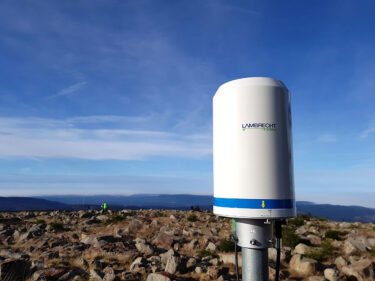
rain[e] precipitation sensors deliver scientific precision for tracking rain, snow, and every form of precipitation, featuring an advanced self-heating and emptying system for optimal performance.

Continuous tracking of changes in weight provides accurate precipitation measurements with a resolution of 0.001mm/m2.
Designed for low maintenance during deployments, enabling reliable real-time measurement and long-term study of rain, snow, and beyond.

All-metal waterproof housing and compact, lightweight design make rain[e] sensors easy to install in almost any setting.
LAMBRECHT meteo’s rain[e] sensors are ideal for any research or public safety application where understanding precipitation at a granular level is crucial and inaccurate data just won’t fly. The rain[e] line is designed to be incredibly user-friendly and equally trustworthy.
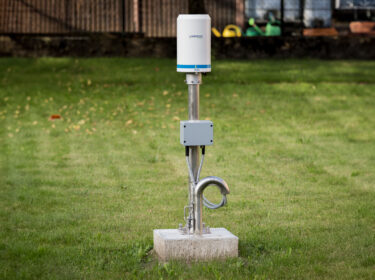
Versatile research-grade precipitation sensors
The rain[e]’s self-heating and emptying capabilities mean it can accurately quantify any form of precipitation in real time, from rain to snow, hail, and all forms of mixed precipitation. That makes it one of the most broadly useful sensors available.
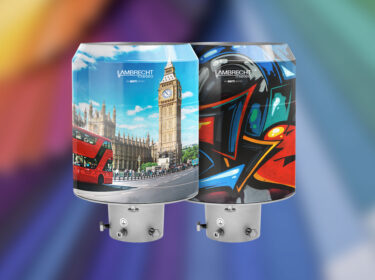
broadly compatible and integration ready
Measurement capability isn’t the only thing that’s special about rain[e] sensors. They are designed to be compatible with a wide range of data loggers and software, making them incredibly easy to add to any weather monitoring network.

A range of precipitation sensors
There are a half-dozen rain[e] options to choose from based on your specific application and goals. We offer low-power models, an extreme cold precipitation sensor, an extra wide model with a larger collection bucket, and more.
The rain[e] precipitation sensor combines the characteristics of a weighing sensor and a collecting sensor. That means it’s constantly collecting precipitation and constantly weighing it. By measuring rapid changes in weight, the rain[e] can quantify rainfall, both in terms of volume and rate, with scientific grade accuracy.
The best way to select the ideal rain[e] sensor is to talk to a sales professional, but here’s a high-level breakdown of the differences between the sensors in the line:
Research scientists around the world are already using rain[e] sensors to understand droughts, floods, and changes in weather patterns to help build climate resilience in their communities. The rain[e] sensor line is perfect for understanding precipitation events, both in total and moment-to-moment in real time. That means they’re helping researchers understand how storms play out better than ever while also quantifying the impact of reduced rainfall in other areas.
rain[e] sensors can help form the backbone of a monitoring network for a flood early warning system. All sensors in the line comply with WMO Requirement No. 8, Chapter 6, and when paired with AEM Elements™ 360 software, they can help provide water management professionals, emergency responders, and community leaders with advance warnings to help protect people and property during severe storms and floods.
The best way to answer that question is to talk to a qualified sales professional, but here’s the short version: The rain[e] observer provides an easy-to-install mast for your rain[e] precipitation sensor and the rain[e] Module. The Module uses Doppler radar to identify and categorize 16 different specific types of precipitation. If you work in an area where mixed or various precipitation is not a factor, or you only care about precipitation totals, then a rain[e] sensor should suit you just fine. If you’re conducting a winter precipitation study or want to understand the variety of different forms of precipitation during storm events, then the rain[e]observer is right for you.

AEM Elements 360 is a multi-hazard weather intelligence solution and the cornerstone of the Elements Resiliency Platform.
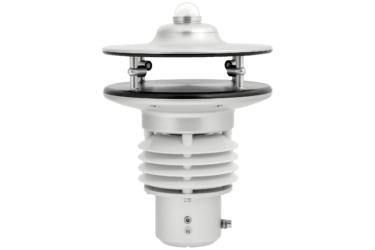
Built to withstand all types of environmental conditions, this professional grade weather station measures 7 key weather parameters in one compact sensor.
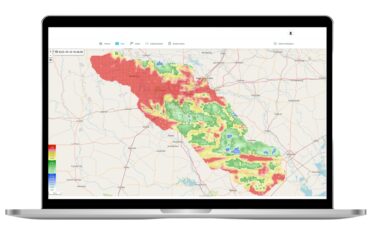
Our unique approach of combining rain gauge and radar data delivers a more accurate rainfall measurement.
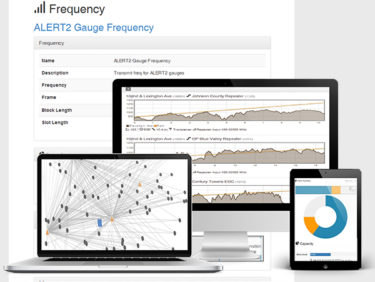
End-to-end design of reliable hydrologic data collection and real-time monitoring networks.